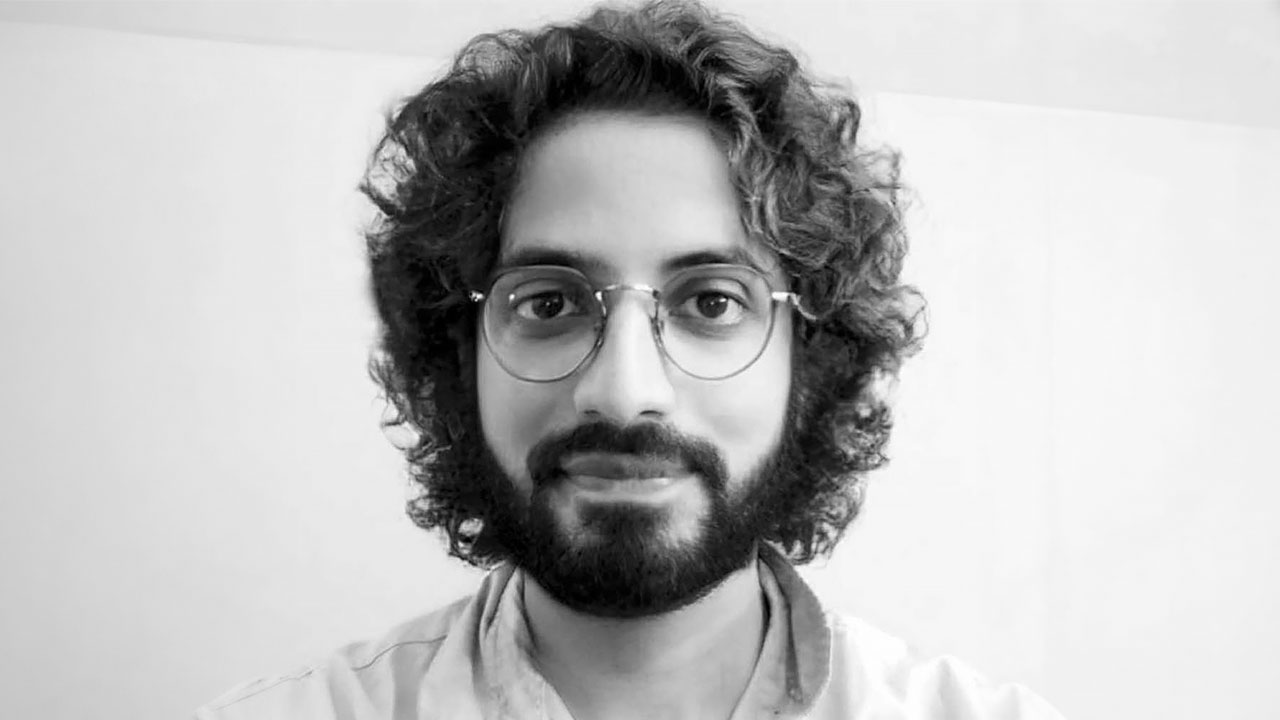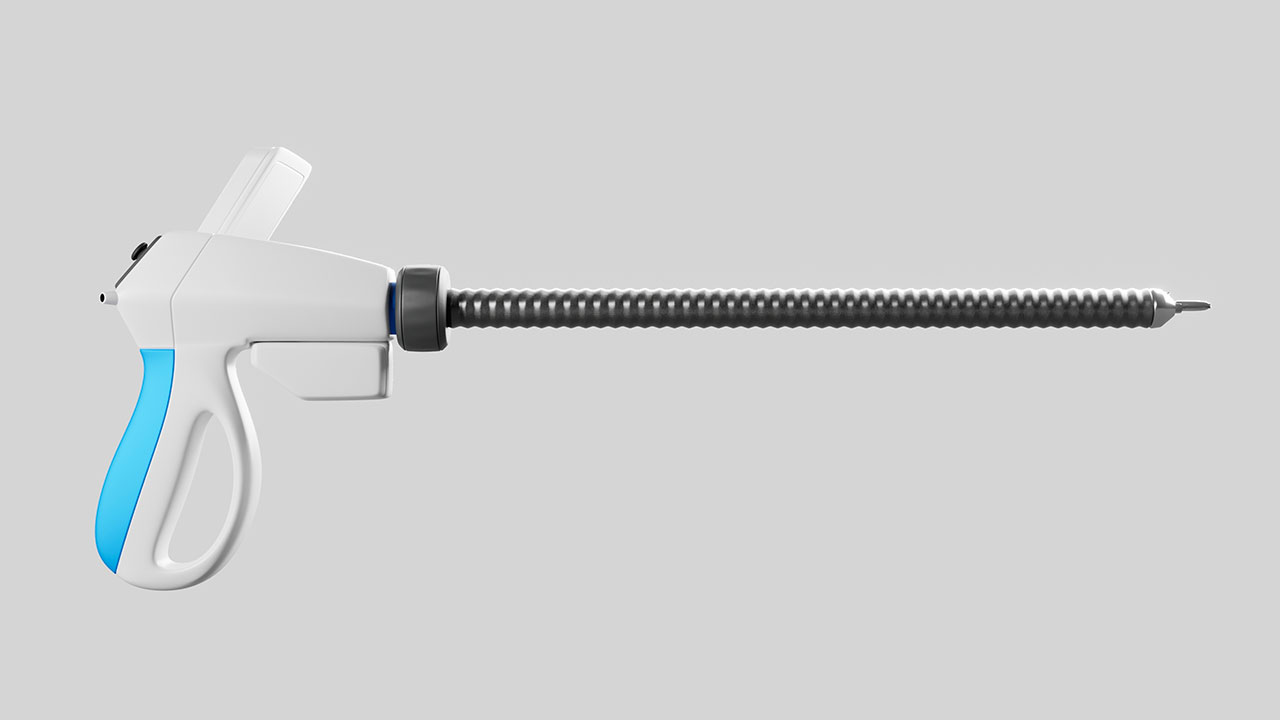Interview with Mohammed Shais Khan for FlexiLap

Interview with Yanming Chen for ARTY App
September 4, 2023
Interview with Jackie Alpers for The Unofficial Yellowstone Cookbook
September 5, 2023Mohammed Shais Khan
Mohammed Shais Khan is a Product Designer passionate about innovative, user-centered design, backed by six years of experience and a Mechanical Engineering bachelor's with a specialization in Engineering Design, plus a Master's in Science from the University of California, Davis.
Interview With The 2023 NY Product Design Awards Winner – Mohammed Shais Khan
The winning work I entered into the 2023 NY Product Design Awards is a FlexiLap-Multifunctional Laparoscopic forcep. The laparoscopic forceps is a versatile and innovative medical device designed for laparoscopic surgery. It addresses challenges such as longer wait times, reduced recovery time, patient anxiety, and the high dexterity required for complex procedures.
The device offers superior accuracy, control, and multi-functionality. It features a flexible actuated shaft, interchangeable forceps heads, and a built-in camera and LED light for better motion-to-display synchronization. The laparoscopic forceps reduce the number of incisions required, improve patient outcomes, and is portable and easy to use. It represents a significant advancement in laparoscopic surgery technology and provides surgeons with a more efficient tool for complex procedures.
The decision to enter the laparoscopic forceps project was based on its potential to revolutionize laparoscopic surgery, address critical challenges, and provide significant benefits for both surgeons and patients.
The biggest challenge with the laparoscopic forceps project was likely overcoming the limitations and drawbacks of traditional laparoscopic instruments. These included the need for multiple incisions, longer wait times for surgeries, reduced recovery time, patient anxiety, and the high dexterity required for complex procedures.
The goal was to design a device that could address these challenges and provide a more efficient and effective tool for surgeons, ultimately improving patient outcomes. Overcoming these challenges required extensive research, innovation and collaboration between experts in the fields of medicine, robotics and design.
The opportunity to make a positive impact: Design has the power to shape the world and improve people's lives. Having the ability to contribute to positive change through design is incredibly fulfilling.
Constant learning and innovation: The design industry is ever-evolving, with new technologies, materials, and trends emerging constantly. This dynamic environment keeps me motivated and challenges me to continuously learn and grow.
Collaboration and interdisciplinary work: Design projects often involve collaboration with experts from various fields, such as engineers, marketers, and manufacturers. Working together in interdisciplinary teams allows for a holistic and comprehensive approach to problem-solving, leading to more innovative and successful outcomes.
In the next 5-10 years, I believe the design industry will continue to be shaped by advancements in technology, sustainability, and user-centric design. The increasing integration of artificial intelligence, the Internet of Things, and virtual reality will revolutionize the way we design and interact with products.
Sustainability will become a central focus, with designers incorporating eco-friendly materials and circular design principles. Furthermore, the importance of user experience and inclusivity will further drive the industry, resulting in more personalized and accessible design solutions.
I would advise aspiring designers to be passionate about their craft and constantly seek inspiration from various sources. Embrace a mindset of continuous learning and be open to experimenting with new ideas and technologies. Building a strong portfolio showcasing a range of projects and demonstrating problem-solving skills is crucial.
Networking and collaborating with peers and professionals in the industry can also provide valuable opportunities for growth and exposure. Finally, never underestimate the power of perseverance and resilience in the face of challenges and setbacks.
Books and publications: Read design theory and industry-related books like "The Design of Everyday Things" by Don Norman and "Design as Art" by Bruno Munari.
Online courses and tutorials: Take advantage of platforms like Udemy, Coursera, and Skillshare, offering a wide range of design courses taught by industry professionals.
Design communities and forums: Engage with online design communities such as Behance and Dribbble to connect with fellow designers, seek feedback and participate in design challenges.
Workshops and conferences: Attend design workshops, conferences and events to learn from experienced professionals, network with industry leaders and stay updated on the latest trends and technologies.
Internships and mentorships: Seek opportunities for internships or mentorships with established design firms or professionals to gain valuable insights and hands-on experience in the industry.
Throughout my career, I have been inspired by various designers, both past and present. The works of Dieter Rams have greatly influenced my design philosophy with his emphasis on simplicity and functionality. Jony Ive, the former Chief Design Officer of Apple, has also been a significant inspiration for his ability to merge technology and design seamlessly.
Additionally, I draw inspiration from nature, architecture, and everyday objects, as they often offer unexpected insights and innovative solutions.
The key to success, in my opinion, is a combination of passion, perseverance, and continuous learning. Being deeply passionate about what you do fuels your motivation and drives you to overcome challenges.
Perseverance is essential in the face of setbacks and failures, as it allows you to learn from them and grow. Never stop learning and stay open to new ideas, technologies, and perspectives. Finally, always strive for excellence and never compromise on the quality of your work.
I would like to express my gratitude for the opportunity to participate in this interview once again! Design is a dynamic and exciting field and I am honored to be a part of it. I believe that through collaboration, innovation, and a user-centric approach, we can continue to create designs that positively impact society and improve people's lives.
Thank you for the engaging questions and I look forward to seeing the continued growth and innovation in the design industry.
Winning Entry
FlexiLap | 2023
Mohammed Shais Khan
Mohammed Shais Khan is a Product Designer passionate about innovative, user-centered design, backed by six years of experience and a Mechanical Engineering bachelor's with a specialization in Engineering Design, plus a Master's in Science from the University of California, Davis.
Read more about Mohammed Shais Khan’s interview for the 2023 MUSE Design Awards!


